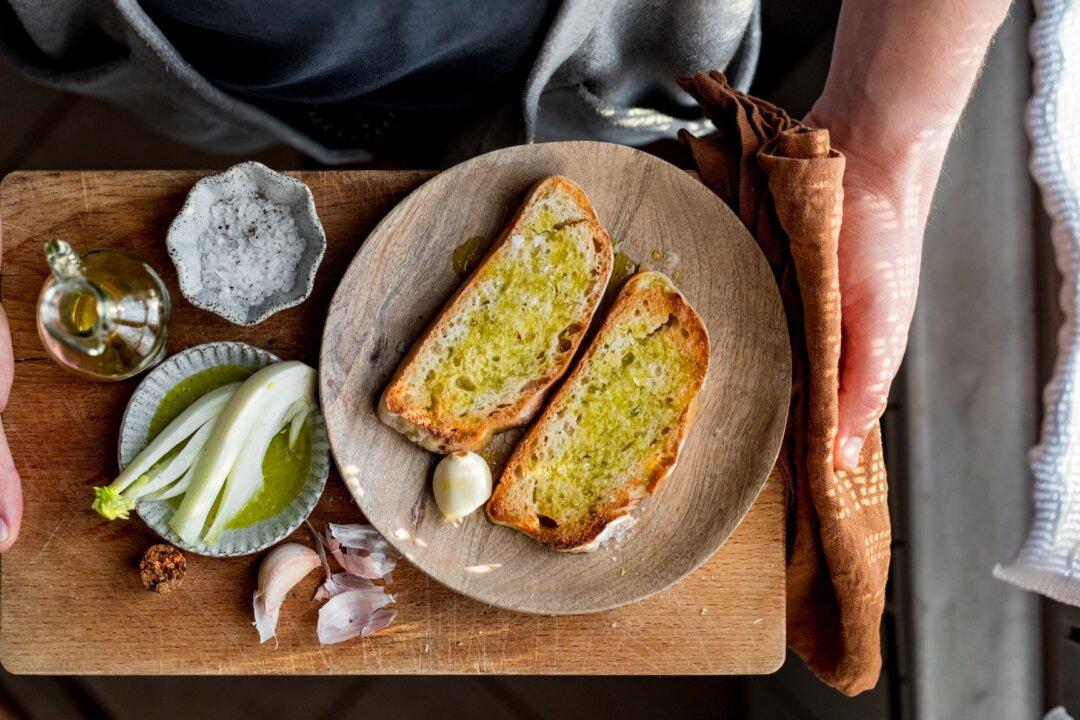“Olio nuovo e vino vecchio.” New oil and old wine.
This saying pretty much sums up the Italian philosophy on these two culinary elixirs. If wine, properly stored, as a general rule is better the older it gets, with olive oil, the opposite is true.

“Olio nuovo e vino vecchio.” New oil and old wine.
This saying pretty much sums up the Italian philosophy on these two culinary elixirs. If wine, properly stored, as a general rule is better the older it gets, with olive oil, the opposite is true.